
Ingredients:
Main Dough: As needed.
Polish:
High-gluten Flour: 143g; Warm Water: 143g; Dry Yeast: 1g.
Tangzhong:
Water: 24g; Milk: 24g; Butter: 4g; High-gluten Flour: 42g.
Main Dough:
Water: 230g; Brown Sugar: 106g; High-gluten Flour: 414g; Salt: 6g; Dry Yeast: 5g; Milk Powder: 18g; Polish: 142g; Tangzhong: 86g; Softened Butter: 68g.
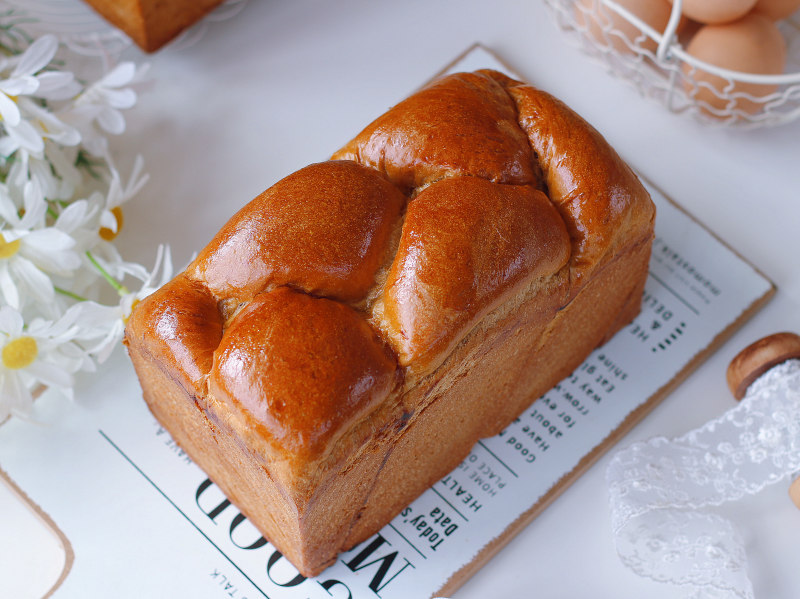
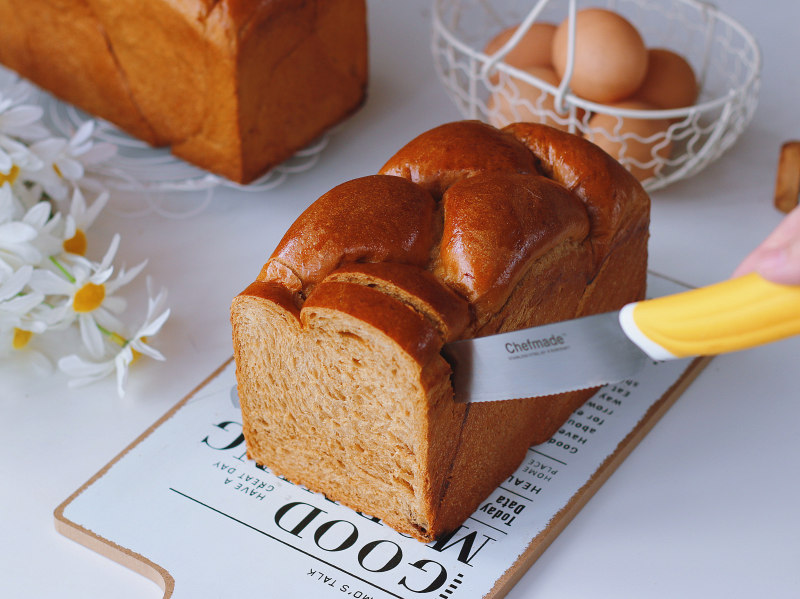

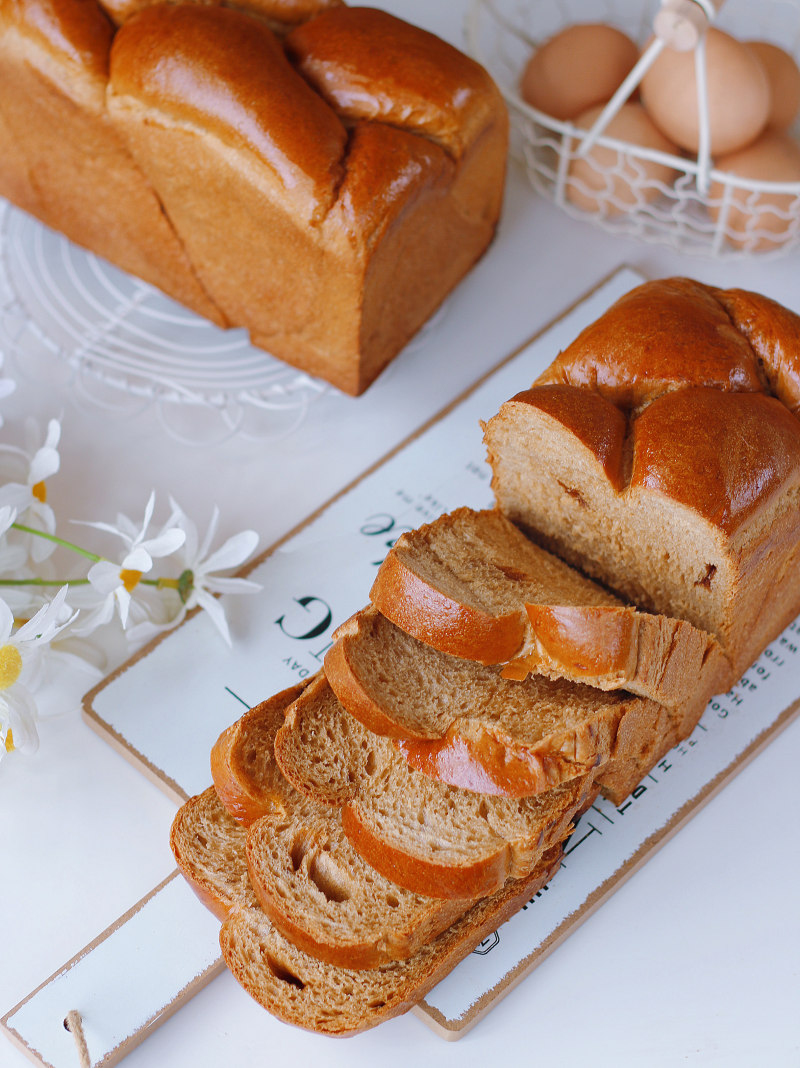
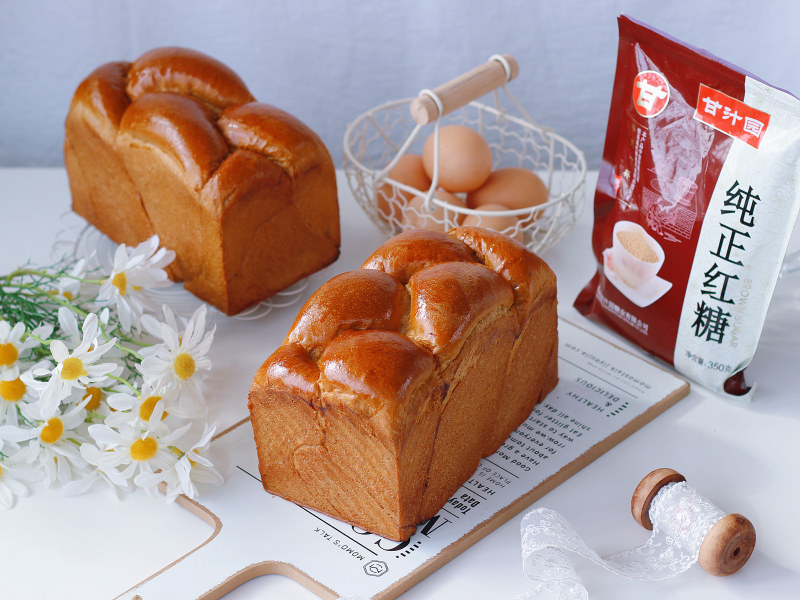
Flavor: Sweet; Technique: Baking; Time-consuming: Several hours; Difficulty: Moderate.
Detailed Steps for Making Brown Sugar Toast

First, prepare the Polish the night before: Mix high-gluten flour, warm water, dry yeast, cover with plastic wrap, and let it ferment at room temperature for 2 hours, then refrigerate for 10 hours. Next, make the Tangzhong: Boil water 24g, milk 24g, butter 4g in a small pot. Slowly mix in sifted high-gluten flour until no dry flour is visible, transfer to a plastic bag, refrigerate until it reaches room temperature. Then, start preparing the main dough. The following kneading process uses a stand mixer, but if you don’t have one, you can use a bread machine or knead by hand.

Main Dough: In the mixing bowl, pour in water, then add brown sugar, high-gluten flour, salt, milk powder, yeast, Polish, and torn pieces of Tangzhong. Mix at low speed until no dry flour is visible.
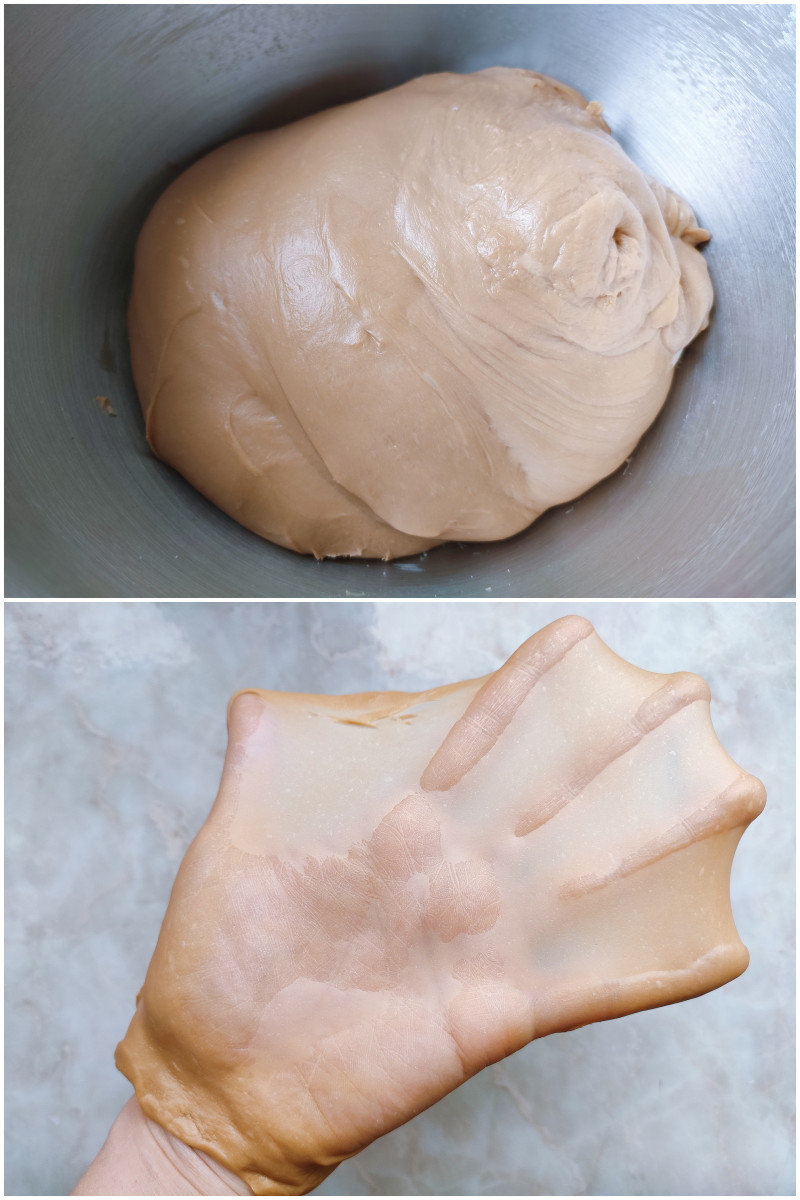
Then, start the stand mixer on high speed and knead the dough until it reaches 70% gluten development (able to stretch out a thin, even “glove film” without tearing), then add softened butter and knead until fully absorbed. Take a small piece of dough, stretch it out into a thin, even film without breaking, indicating that the dough has reached full expansion, and the kneading process is complete. A fully expanded dough will rise sufficiently high during toast making, resulting in a fluffy and delicious final product.
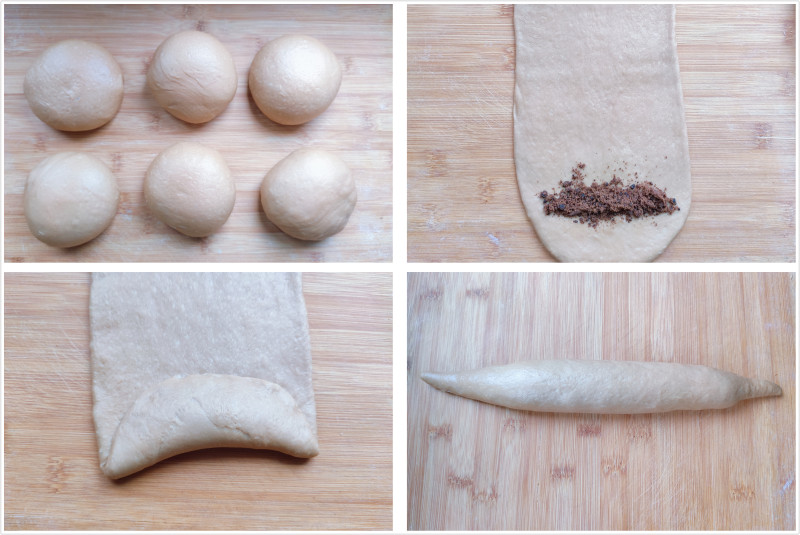
Remove the dough from the mixing bowl, cover with plastic wrap, let it rest at room temperature for 20 minutes, then divide into pieces of about 150g each. Shape into balls, cover, and let rest for another 20 minutes. Roll out each piece of dough, sprinkle with brown sugar (amount specified), and roll up from one end, tapering both ends into a long shape.
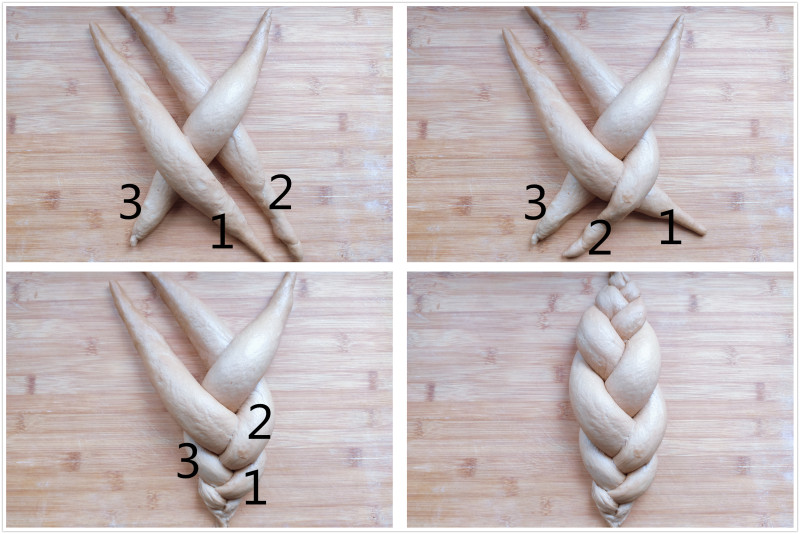
Arrange the long dough with tapered ends in the manner shown in the image. Twist the right side 2 to the middle of 1 and 3, then twist the left side 3 to the middle of 1 and 2, and so on. Repeat the same on the other side to braid the entire loaf. Tip: This is a common three-strand braid method, but when braiding bread, it is usually started from the middle to minimize gluten breakage and keep the dough soft. Braiding from the middle towards both ends reduces dough movement and results in a more attractive shape.

Press the ends inward, tuck them at the bottom, and place in a 450g toast mold. Put it in the lower part of the oven, set the temperature to 35°C for proofing.
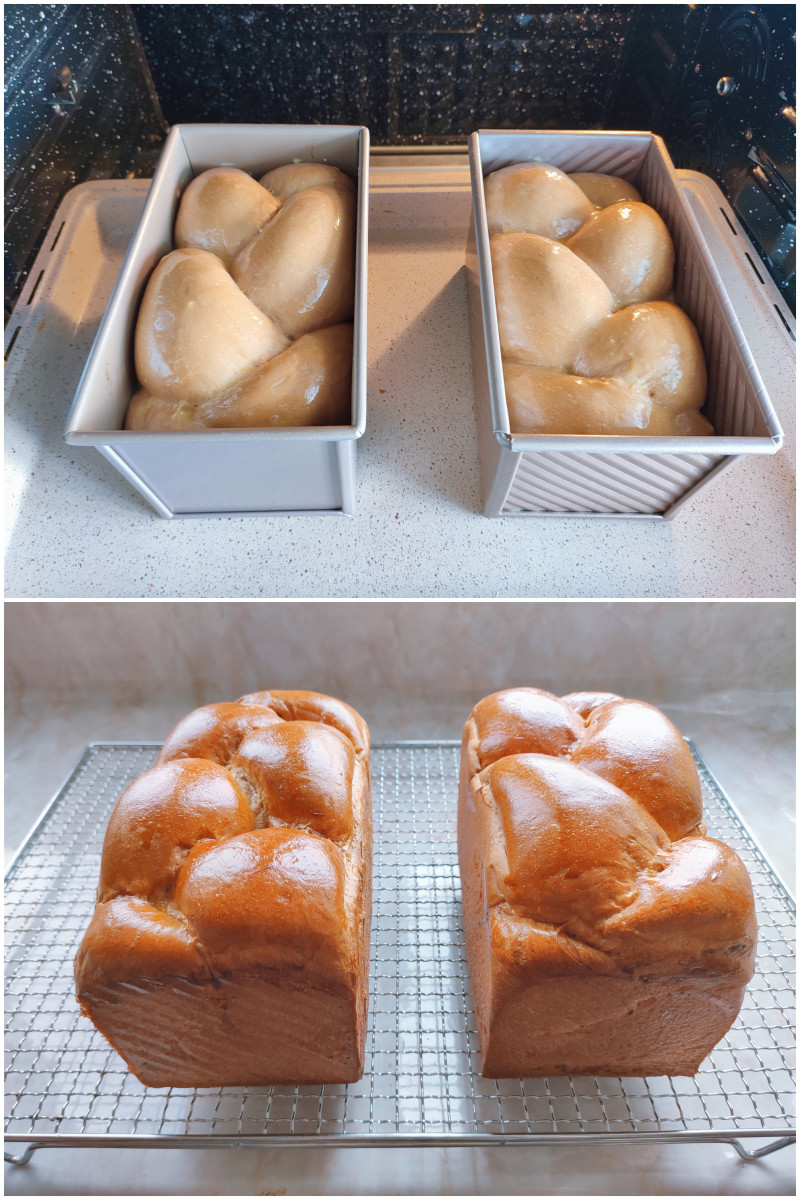
Proof until it reaches 90% fullness (about seventy minutes), brush the surface with a little egg yolk mixture (amount specified, mix a raw egg yolk with a little water), then return to the home oven, set the top heat to 165°C, bottom heat to 180°C, and bake for about 35 minutes. Once baked, remove from the oven, shake the mold while still hot, then unmold and let cool. Tip: If the toast expands close to the top heating element during baking, cover it with foil to prevent burning. It’s best to unmold while still hot to prevent the steam from softening the crust. Additionally, home ovens and commercial deck ovens have different baking temperatures, with commercial deck ovens typically set at around 165°C top heat and 230°C bottom heat.



Leave a Reply